Thousands protest nuclear plants at Tokyo rally Via Rense.
About 4,500 people have rallied in Tokyo to call for the suspension of nuclear power plants.
The demonstrators gathered at Shiba Koen in central Tokyo and adopted a resolution calling for all nuclear plants in the country to be suspended and a nuclear-free society realized.
..
The citizens' group that organized the demonstration says only about 100 people took part last year, but about 4,500 joined this year's protest, the largest in the event's history.
Something strange in the Japan Tsunami (Video) Via Rense.
Cat, monkey, super soldier.. Something seems to be hauling ass against the torrent..
Study finds wide variation in radiation levels within no-entry zone Via Rense.
A study of radiation levels within a 20-kilometer radius of the crippled Fukushima No. 1 nuclear power plant revealed contamination levels in many locations would not currently pose a major threat to human health.
..
Of 128 locations within the 20-km zone, researchers projected that annual radiation exposure would exceed 100 millisieverts in only 17 places.
..
The worst-contaminated location had a radiation level that might expose individuals to more than 500 millisieverts in a year. But nearly half of the sample locations had radiation levels below the 20 millisieverts standard used by the central government as a guideline for issuing evacuation orders.
..
Wind direction and local topography has had a major influence on the dispersal of radioactive materials.
..
But Yoshiya Shimada, a project leader on medical radiation research at the National Institute of Radiological Sciences, said: "There is almost no risk of cancer if the radiation exposure level is about 20 millisieverts. For the elderly, the stress from living as an evacuee will have a much greater impact on their health than the risks from radiation exposure. Rather than look just at radiation levels, a more flexible response should be adopted in the future taking into account social, economic and psychological factors."
Two points: Again, ANY exposure to radioactivity is bad and cumulative. And second, wind currents can change. If I were a gambler, I'd bet, due to increasing pressure, the Japanese government will eventually allow evacuees to return to their homes based on data that is subject to fluctuation. Since I am not faced with this situation, I will not pass judgement on either the government for bowing to what will be increasing pressure to return, or for evacuees wanting to return home. There is no good way forward, and how those involved proceed will be up to them. I don't envy their choices..
Radiation Expert: "Sr-90 and Uranium and Particulates Will Be Building Up in the USA and Europe ... For Now I Think It Prudent To Stop Drinking Milk" From Washington's Blog. If you haven't already, bookmark that site. Every visit is worthwhile..
No obvious change detected in radiation levels in China
No obvious change had been found in the levels of radioactive material in the environment and food samples on the Chinese mainland, said China's National Nuclear Emergency Coordination Committee Sunday in a daily notice.
A sample survey indicated no abnormality in drinking water, and monitoring results showed that radiation levels in the ocean and air also remained normal, it said.
Hollow re-assurance, or small comfort?
Japan's TEPCO to use gas to offset nuke power loss
Tokyo Electric Power Co., the world's largest private electricity company, said Friday it plans to install gas turbines at two thermal power plants to partially offset power shortages caused by the loss of generating capacity at disaster-stricken power plants.
TEPCO, the main power supplier to the Tokyo region, said the new turbines would boost its capacity to between 50 million and 52 million kilowatts, still well below the nearly 60 million kilowatts of power consumed during peak hot weather days last summer.
The company, which is struggling to stabilize conditions in tsunami-flooded reactors at one of its nuclear plants, earlier said it would only be able to provide 46 million kilowatts of capacity.
..
In March, TEPCO imposed limited power rationing to help meet initial shortfalls but suspended the power cuts after finding it was able to meet relatively slack demand due to mild weather and emergency conservation measures such as reduced train schedules.
Dealing with Japan's disaster: The information equation
Like America's 9/11, Japan's 3/11 saw the wireless voice network fail under congestion, while emails and text messages passed through easily. Mobiles sometimes worked when blackouts kept everyone in the dark. Communications and information were as much a lifeline as electricity and water. On 9/11 CNN reduced its homepage to basic HTML text so that it would fit into a single Internet Protocol packet, making it easier for the server and the network to deliver. Likewise, after 3/11 Google distributed its information about blackouts to caches across the network so it would be retrievable even if the actual servers went dark.
About 4,500 people have rallied in Tokyo to call for the suspension of nuclear power plants.
The demonstrators gathered at Shiba Koen in central Tokyo and adopted a resolution calling for all nuclear plants in the country to be suspended and a nuclear-free society realized.
..
The citizens' group that organized the demonstration says only about 100 people took part last year, but about 4,500 joined this year's protest, the largest in the event's history.
Something strange in the Japan Tsunami (Video) Via Rense.
Cat, monkey, super soldier.. Something seems to be hauling ass against the torrent..
Study finds wide variation in radiation levels within no-entry zone Via Rense.
A study of radiation levels within a 20-kilometer radius of the crippled Fukushima No. 1 nuclear power plant revealed contamination levels in many locations would not currently pose a major threat to human health.
..
Of 128 locations within the 20-km zone, researchers projected that annual radiation exposure would exceed 100 millisieverts in only 17 places.
..
The worst-contaminated location had a radiation level that might expose individuals to more than 500 millisieverts in a year. But nearly half of the sample locations had radiation levels below the 20 millisieverts standard used by the central government as a guideline for issuing evacuation orders.
..
Wind direction and local topography has had a major influence on the dispersal of radioactive materials.
..
But Yoshiya Shimada, a project leader on medical radiation research at the National Institute of Radiological Sciences, said: "There is almost no risk of cancer if the radiation exposure level is about 20 millisieverts. For the elderly, the stress from living as an evacuee will have a much greater impact on their health than the risks from radiation exposure. Rather than look just at radiation levels, a more flexible response should be adopted in the future taking into account social, economic and psychological factors."
Two points: Again, ANY exposure to radioactivity is bad and cumulative. And second, wind currents can change. If I were a gambler, I'd bet, due to increasing pressure, the Japanese government will eventually allow evacuees to return to their homes based on data that is subject to fluctuation. Since I am not faced with this situation, I will not pass judgement on either the government for bowing to what will be increasing pressure to return, or for evacuees wanting to return home. There is no good way forward, and how those involved proceed will be up to them. I don't envy their choices..
Radiation Expert: "Sr-90 and Uranium and Particulates Will Be Building Up in the USA and Europe ... For Now I Think It Prudent To Stop Drinking Milk" From Washington's Blog. If you haven't already, bookmark that site. Every visit is worthwhile..
No obvious change detected in radiation levels in China
No obvious change had been found in the levels of radioactive material in the environment and food samples on the Chinese mainland, said China's National Nuclear Emergency Coordination Committee Sunday in a daily notice.
A sample survey indicated no abnormality in drinking water, and monitoring results showed that radiation levels in the ocean and air also remained normal, it said.
Hollow re-assurance, or small comfort?
Japan's TEPCO to use gas to offset nuke power loss
Tokyo Electric Power Co., the world's largest private electricity company, said Friday it plans to install gas turbines at two thermal power plants to partially offset power shortages caused by the loss of generating capacity at disaster-stricken power plants.
TEPCO, the main power supplier to the Tokyo region, said the new turbines would boost its capacity to between 50 million and 52 million kilowatts, still well below the nearly 60 million kilowatts of power consumed during peak hot weather days last summer.
The company, which is struggling to stabilize conditions in tsunami-flooded reactors at one of its nuclear plants, earlier said it would only be able to provide 46 million kilowatts of capacity.
..
In March, TEPCO imposed limited power rationing to help meet initial shortfalls but suspended the power cuts after finding it was able to meet relatively slack demand due to mild weather and emergency conservation measures such as reduced train schedules.
Dealing with Japan's disaster: The information equation
Like America's 9/11, Japan's 3/11 saw the wireless voice network fail under congestion, while emails and text messages passed through easily. Mobiles sometimes worked when blackouts kept everyone in the dark. Communications and information were as much a lifeline as electricity and water. On 9/11 CNN reduced its homepage to basic HTML text so that it would fit into a single Internet Protocol packet, making it easier for the server and the network to deliver. Likewise, after 3/11 Google distributed its information about blackouts to caches across the network so it would be retrievable even if the actual servers went dark.










































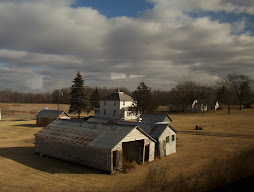


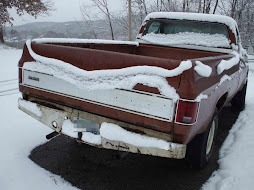

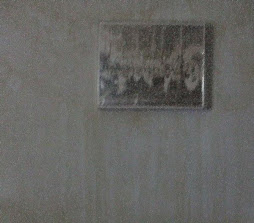






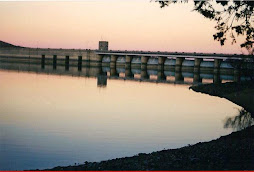
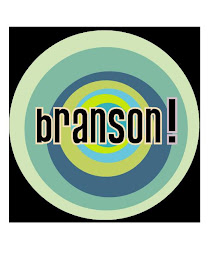






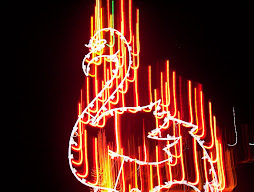




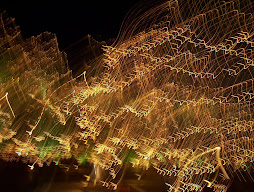

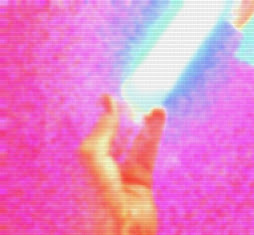

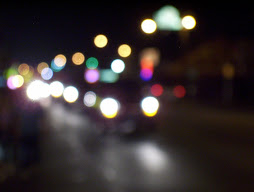







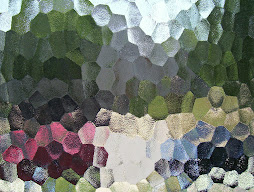
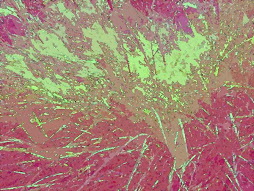
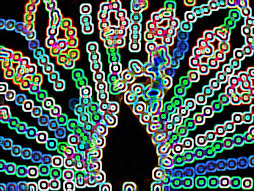









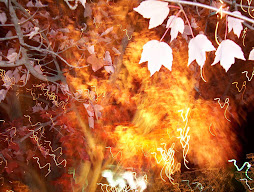

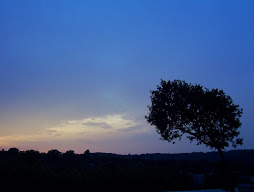
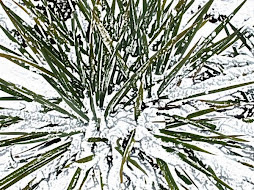






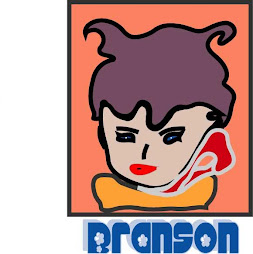



No comments:
Post a Comment